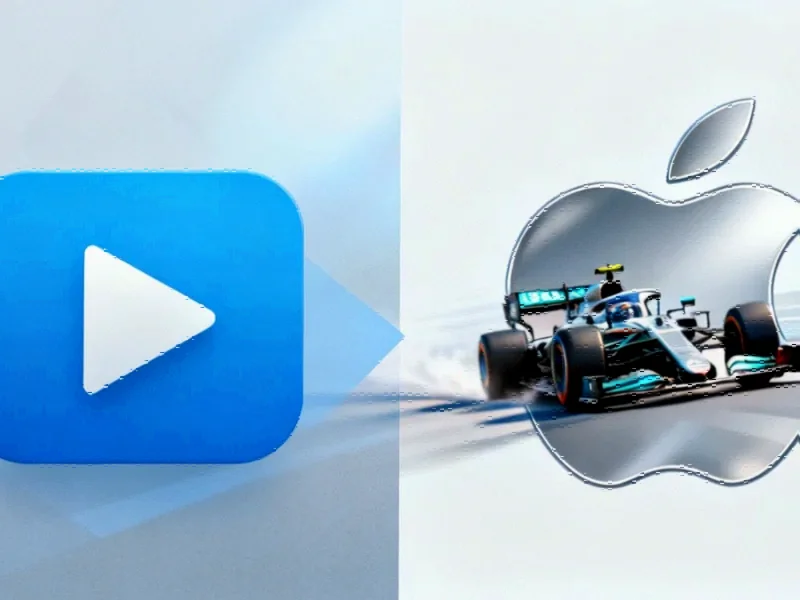The New Creator Economy: From Ad Revenue to Business Moguls
YouTube’s creator ecosystem has evolved dramatically from its early days of simple ad-supported content. While the platform reported adding over $55 billion to the U.S. GDP and creating nearly 500,000 full-time jobs, today’s most successful creators are building business empires that extend far beyond video views and advertising revenue. This strategic shift reflects a fundamental change in how digital creators approach long-term sustainability and wealth creation.
The volatility of platform-dependent income has forced creators to think like CEOs rather than entertainers. With YouTube frequently updating its algorithms and advertising policies, many have recognized that relying solely on ad revenue puts their livelihoods at constant risk. This awareness has sparked an entrepreneurial revolution within the creator community, leading to diversified business portfolios that can withstand platform changes and market fluctuations.
MrBeast: The Blueprint for Creator-Led Conglomerates
Jimmy Donaldson, known globally as MrBeast, represents the pinnacle of this transformation. With 442 million subscribers, he’s not just YouTube’s biggest star but its most ambitious entrepreneur. What began with a simple merchandise store in 2018 has exploded into a sprawling business portfolio that now outperforms his YouTube content financially.
His snack brand Feastables exemplifies this success. The initial “MrBeast Bar” generated over $10 million in sales within its first 72 hours, selling more than one million bars at launch. By 2024, Feastables had become more profitable than his YouTube channel and even his “Beast Games” competition series on Prime Video, generating approximately $250 million in revenue and over $20 million in profit while his media business lost approximately $80 million.
MrBeast’s expansion continues into unexpected territories. He’s planning to establish a mobile virtual network operator (MVNO), potentially partnering with major carriers like AT&T, T-Mobile, or Verizon. Additionally, trademark applications reveal plans for a mobile app offering banking, financial advisory, and crypto exchange services, demonstrating how industry developments in fintech are attracting creator attention.
Beverage Brands Brewing Success
Emma Chamberlain’s journey from teen vlogger to coffee magnate illustrates how creators are leveraging their personal brands into tangible consumer products. Launched in 2019, Chamberlain Coffee has grown from an online venture to a physical retail presence, with its first brick-and-mortar location opening earlier this year. The brand offers cold brew, coffee pods, ground and whole bean options, plus tea and matcha products.
According to Forbes, Chamberlain Coffee reached approximately $20 million in revenue in 2023 after introducing ready-to-drink canned lattes. Despite supplier challenges last year, Business Insider projects the brand will achieve over 50% revenue growth by 2025, reaching more than $33 million, with profitability expected by 2026. This success has inspired similar ventures, including Jacksepticeye’s Top of the Mornin’ Coffee and Philip DeFranco’s Wake & Make Coffee.
Controversy and Comeback: The Paul Brothers’ Business Playbook
Logan Paul has transformed from controversial content creator to multifaceted entrepreneur. While known for his wrestling career and past controversies, his business ventures tell a more complex story. Prime, his energy drink brand co-founded with YouTuber KSI, achieved viral success in 2022 and surpassed $1.2 billion in sales in 2023—figures that dwarf typical creator earnings from content alone.
However, the brand has faced challenges including declining sales, regulatory scrutiny for high caffeine content, and lawsuits from business partners. In the U.K., revenue dropped by approximately 70% from 2023 to 2024. His other venture, Maverick Apparel, generated between $30-40 million in 2020, showing how market trends in apparel continue to attract creator investment.
His brother Jake Paul has pursued equally ambitious ventures, co-founding the Anti Fund with investments in companies like OpenAI, Anduril, Ramp, and Cognition. The younger Paul also owns grooming line W and mobile betting platform Betr, demonstrating how creators are expanding into recent technology sectors.
From Screens to Shelves: Product Diversification Strategies
Ryan’s World, hosted by 13-year-old Ryan Kaji, demonstrates how family-friendly content can translate into retail dominance. Beyond his toy review videos that captivate nearly 40 million young viewers, Kaji has expanded into toys and apparel sold through major retail chains. These products reportedly generated over $250 million in revenue in 2020, with further diversification into television programming and educational apps.
The food and kitchen space has proven particularly fertile ground for creator expansion. Popular baker Rosanna Pansino has leveraged her 14.8 million subscribers into successful cookbooks and baking tool lines sold through retailers like Amazon. Similarly, cook Andrew Rea (Babish) launched Babish Cookware in 2021, while comedy duo Rhett & Link sell MishMash Cereal, showing how related innovations in consumer goods attract creator investment.
Beauty Influencers Building Empires
The beauty category has produced some of the most successful creator-led businesses. Michelle Phan, one of YouTube’s original beauty influencers, co-founded the massively popular subscription service Ipsy while maintaining her own makeup line, EM Cosmetics. Her pioneering approach demonstrated how personal expertise could scale into substantial businesses.
Huda Kattan took this concept even further, building Huda Beauty into a globally recognized brand generating hundreds of millions in annual sales. After selling a minority stake to private equity firm TSG Consumer Partners in 2017, she recently bought it back when investor pressure conflicted with her vision for the fast-moving brand. Other successful beauty ventures include Jeffree Star Cosmetics and Tati Beauty, proving that market trends in beauty continue to offer opportunities for creator-led brands.
The Future of Creator Entrepreneurship
As the creator economy matures, the most successful YouTubers are increasingly functioning as vertically integrated media companies with diversified revenue streams. The strategic shift from ad dependency to business ownership represents a fundamental evolution in digital content creation. These entrepreneurs are building assets that transcend platform algorithms and policy changes, creating sustainable wealth through tangible products and services.
This transformation mirrors broader industry developments across technology and media, where platform-agnostic business models are becoming essential for long-term success. As creators continue to expand into physical products, retail, and even financial services, they’re redefining what it means to be a successful content creator in the digital age.
The movement away from pure ad revenue represents both a practical response to platform volatility and a strategic embrace of entrepreneurial opportunity. As these business empires continue to grow, they’re likely to influence related innovations across multiple industries, proving that the most successful creators are those who think beyond the screen.
This article aggregates information from publicly available sources. All trademarks and copyrights belong to their respective owners.
Note: Featured image is for illustrative purposes only and does not represent any specific product, service, or entity mentioned in this article.



